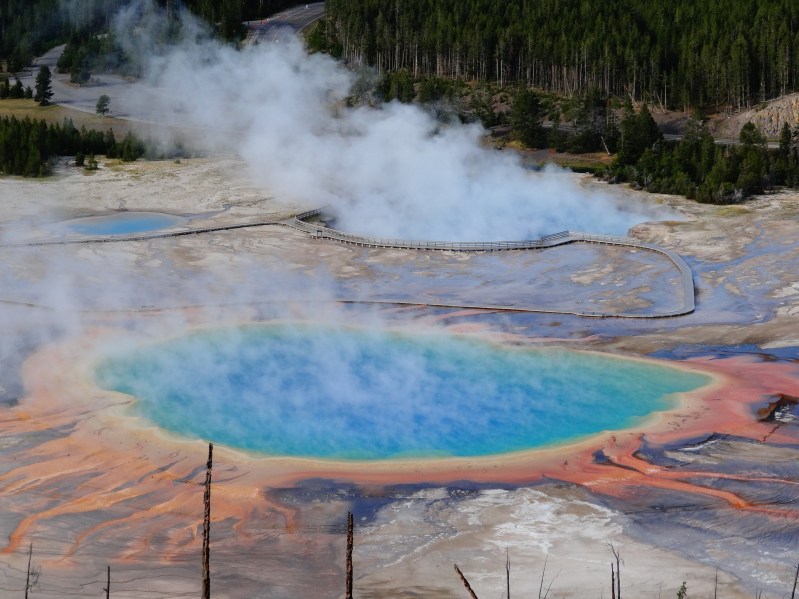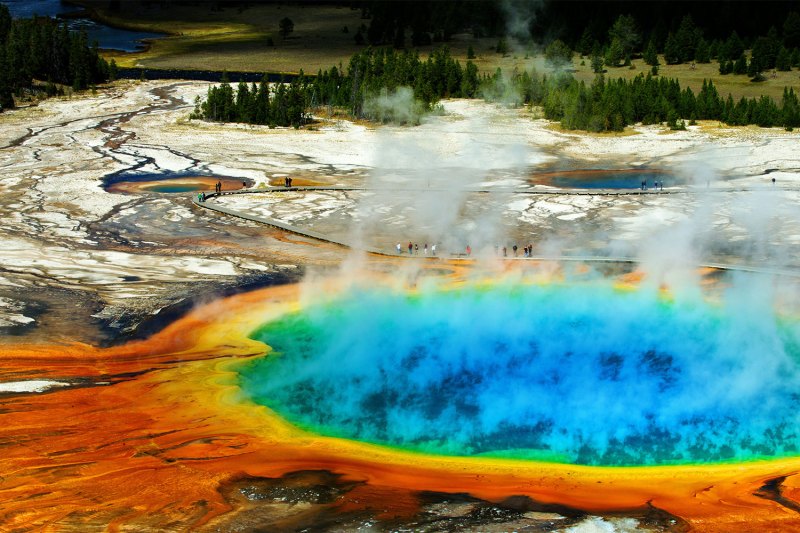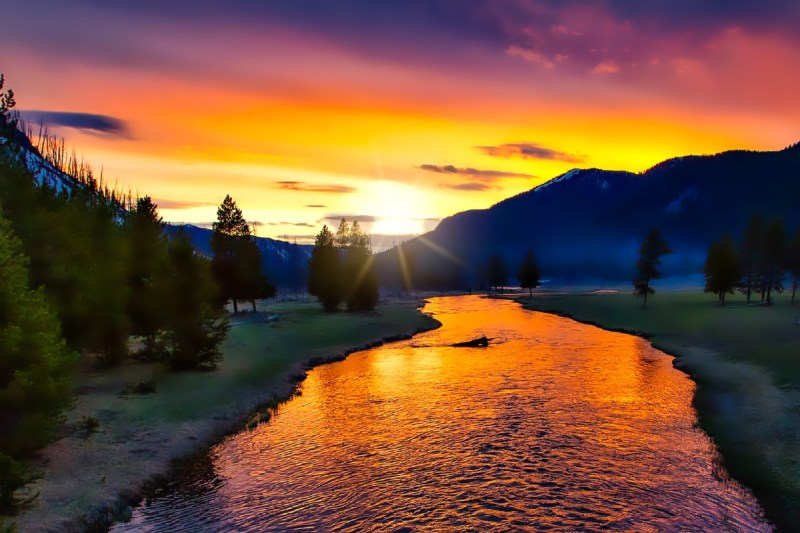
Yellowstone National Park, renowned for its breathtaking scenery and geothermal wonders, attracts millions of visitors each year. However, this influx of tourists comes with a significant environmental cost. According to a recent study published by PLOS, tourism to Yellowstone generates nearly 2.3 billion pounds of carbon dioxide (CO2) emissions annually, which is a staggering figure that not many people take into account when visiting the sights.
The dark side of visiting national parks

The study, conducted by Emily J. Wilkins of the U.S. Geological Survey, Jordan Smith from Utah State University, and Dani T. Dagan from Clemson University, reveals that the majority of these emissions (about 90%) are generated by visitors traveling to and from the park. Inside the park, transit accounts for 5% of the total emissions, with lodgings contributing 4% and other park operations 1%.
Interestingly, while only 35% of visitors fly to Yellowstone, air travel accounts for 72% of the transit-related emissions. Within the park, recreational vehicles (RVs) generate the highest CO2 output per person, at 70.07 kilograms, while tour buses have the lowest emissions per visitor at 15.46 kilograms. Although only 6% of visitors use RVs, they contribute 17.2% of the emissions related to transit within the park.
Yellowstone’s vast size—2.2 million acres—helps mitigate some CO2 output through natural processes. The park is a significant carbon sink, sequestering about 1.5 megatons of CO2 annually. However, this sequestration is not enough to offset the emissions generated by tourism. Climate change and increasing forest fires are projected to reduce future carbon sequestration, making it even more critical to address tourism-related emissions.
The authors warn that tourism-related emissions are expected to increase by 161% from 2005 levels by 2035, primarily due to a projected growth in air travel and longer transit distances. Despite improvements in vehicle fuel efficiency, emissions per tourist are rising because tourists are traveling greater distances.
The study emphasizes the need for a multi-pronged approach to reduce CO2 emissions from tourism. Key strategies include promoting local or regional visitors, reducing the number of visitors flying, and increasing the fuel efficiency of vehicles. The authors suggest that while the number of tourists should not necessarily decrease, changes in travel behavior can significantly impact emissions. Encouraging visitors to drive instead of flying, using public transit, and choosing closer destinations are some of the practical measures proposed.
While national parks offer unparalleled natural beauty and recreational opportunities, the environmental impact of tourism cannot be ignored. The CO2 emissions generated by travel to and within parks contribute significantly to climate change, highlighting the need for sustainable tourism practices.
Should you visit national parks?

The answer is 100% yes! Visiting national parks can still be an enriching experience, but it is crucial to adopt eco-friendly practices to minimize your environmental footprint. Here are some tips to reduce your impact:
- Choose closer destinations: Opt for parks or natural areas closer to home to reduce travel emissions.
- Use public transportation: When available, use public transit options to reach and explore the park.
- Carpool or share rides: If driving is necessary, carpool with friends or family to reduce the number of vehicles.
- Stay in eco-friendly accommodations: Choose lodgings that prioritize sustainability and environmental practices.
- Reduce waste: Minimize your waste by bringing reusable containers, water bottles, and utensils.
- Support conservation efforts: Contribute to conservation programs and initiatives that help protect natural habitats and wildlife.
By making conscious choices, visitors can enjoy the beauty of national parks while helping to preserve these precious environments for future generations.



